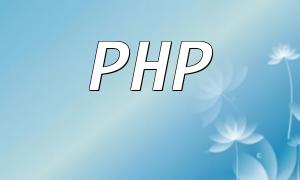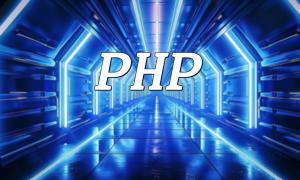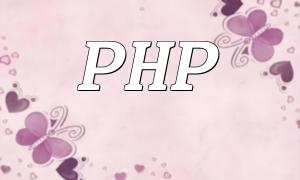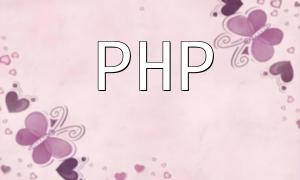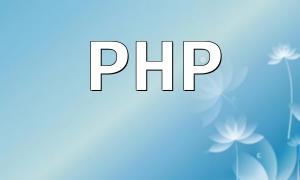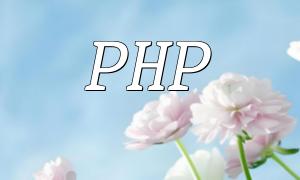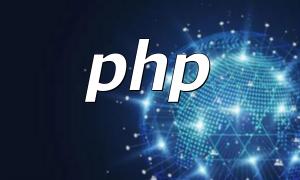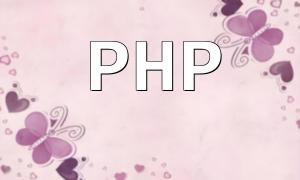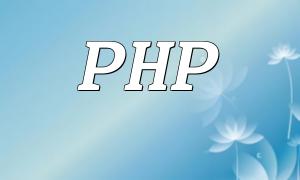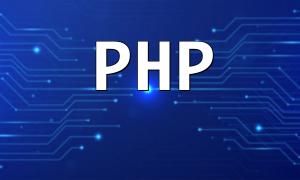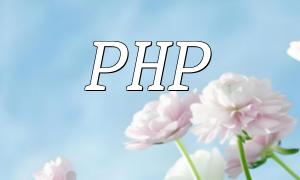Introduction
Coding standards are a fundamental quality every developer should possess. They play a crucial role in improving code quality, readability, maintainability, and more. For PHP developers, learning and adhering to PHP coding standards is not only essential for improving code quality but also for enhancing team collaboration and boosting development efficiency. This article will detail the benefits of learning PHP coding standards and provide effective methods to do so.
Benefits of Learning PHP Coding Standards
- Improved Code Quality: Standardized coding practices reduce errors and vulnerabilities, enhancing the reliability and security of programs.
- Enhanced Code Readability: Consistent naming conventions and structure make it easier for other developers to understand the logic behind the code, improving team collaboration.
- Ease of Maintenance and Expansion: Code that follows standards is clearly structured and easier to maintain or extend, reducing the cost of refactoring.
- Increased Development Efficiency: Standardized naming, commenting, and coding styles allow developers to write, test, and debug code more quickly.
Methods for Learning PHP Coding Standards
- Learn and Follow PHP-FIG Standards: PHP-FIG (PHP Framework Interop Group) is an organization consisting of various PHP frameworks that have defined a series of standards, such as PSR-1, PSR-2, and others. These standards are widely used in PHP development, and learning and following them is the first step to mastering PHP coding standards. For example, PSR-1 requires using standard PHP tags, four-space indentation, and CamelCase naming for constructors.
<?php
class ExampleClass
{
public function __construct()
{
// Code logic
}
}
- Use Static Code Analysis Tools: Tools like PHP_CodeSniffer and PHPStorm can scan and check whether the code adheres to standards. By integrating these tools into your IDE, developers can monitor their code in real time and make corrections as needed. PHP_CodeSniffer, for example, offers predefined coding standards such as PEAR, Zend, and others, allowing developers to select the most suitable one for their project.
<?php
$foo = 'hello ';
$bar = 'world!';
echo $foo, $bar;
Code Analysis Results:
1 | PERFORMANCE | Concatenating translatable strings together instead of using implode().
2 | WHITESPACE | Expected 1 space before ','; $bar found.
2 | WHITESPACE | Expected 1 space after ','; $bar found.
2 | WHITESPACE | Expected 1 space before '+'; $bar found.
- Refer to Common Coding Guidelines: In addition to PHP-FIG standards, there are several other widely accepted coding guidelines, such as the Google PHP Coding Standards and WordPress Coding Standards. These guidelines offer more detailed and practical advice, making them valuable references for learning PHP coding standards. Regularly reviewing and discussing these guidelines with team members helps maintain high-quality code throughout a project's lifecycle.
Conclusion
Learning and adhering to PHP coding standards is a crucial step in enhancing both individual skills and team collaboration. By standardizing coding practices, developers can improve code quality, readability, and maintainability, reducing errors and refactoring costs while increasing development efficiency. Developers can integrate PHP-FIG standards, use static code analysis tools, and refer to common coding guidelines into their daily development routines. By prioritizing standards, we can write cleaner, more readable, and maintainable code.
